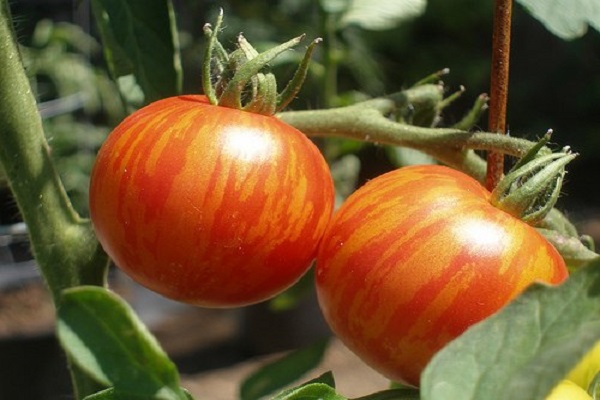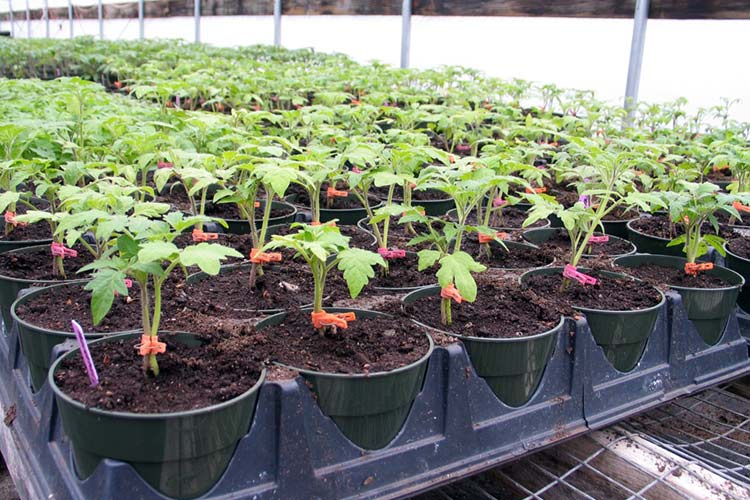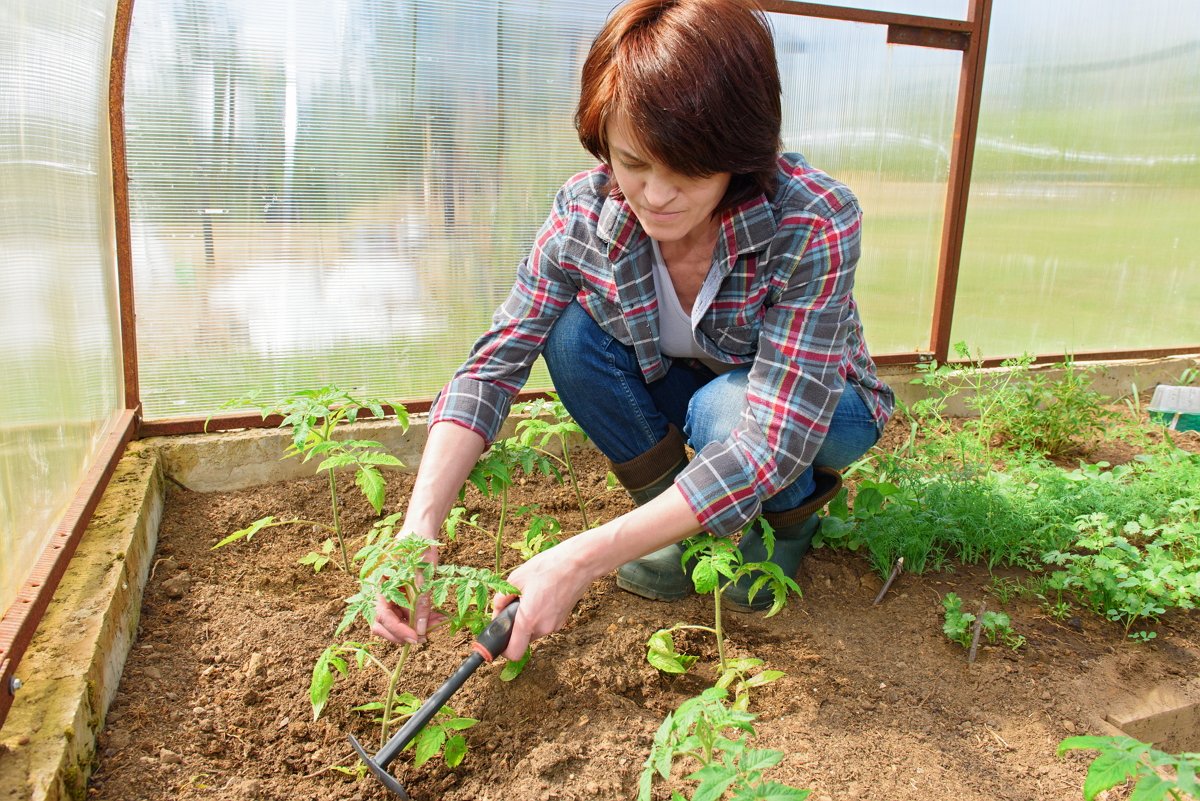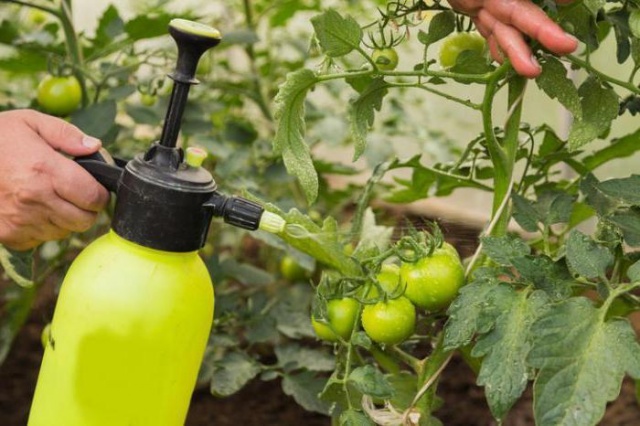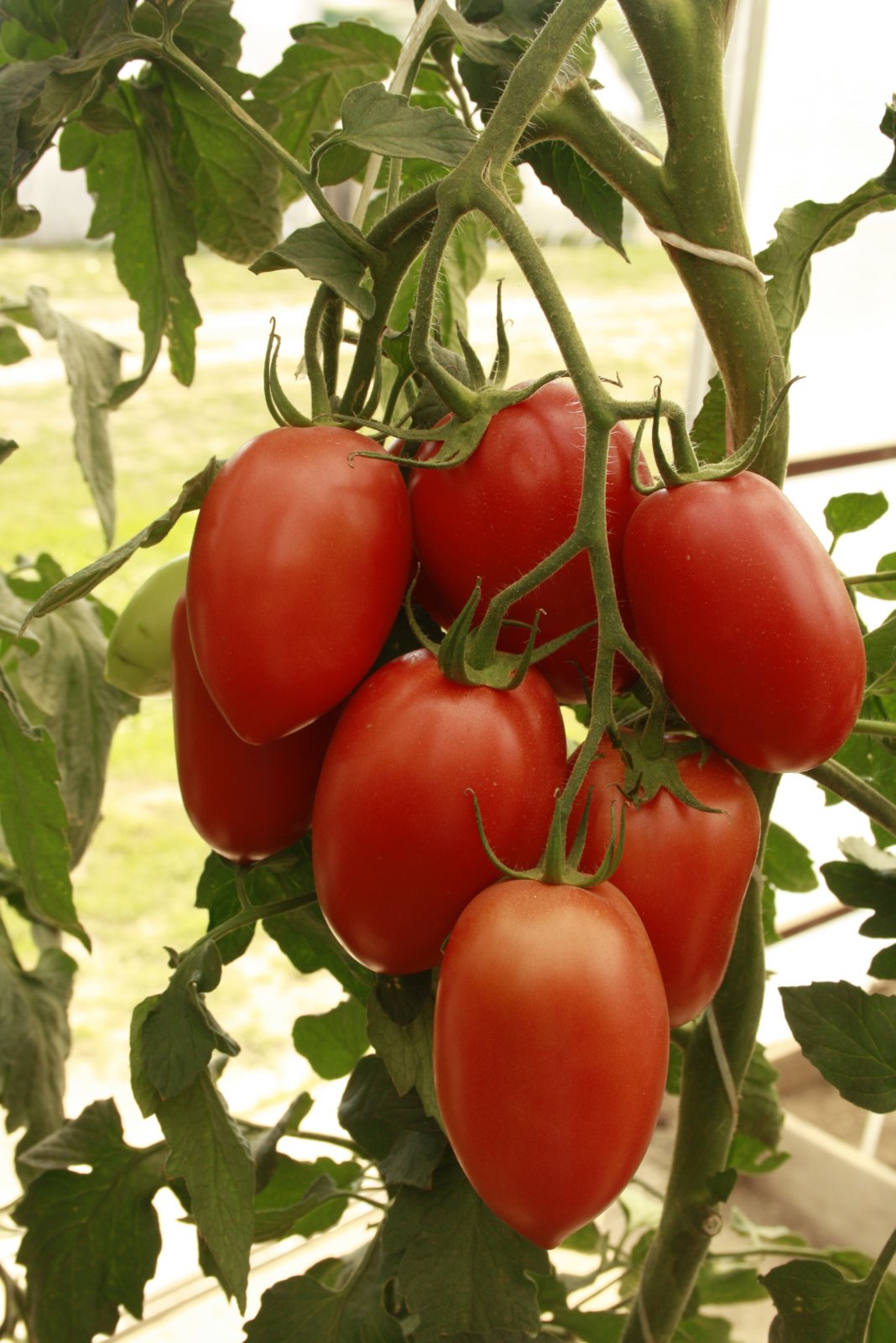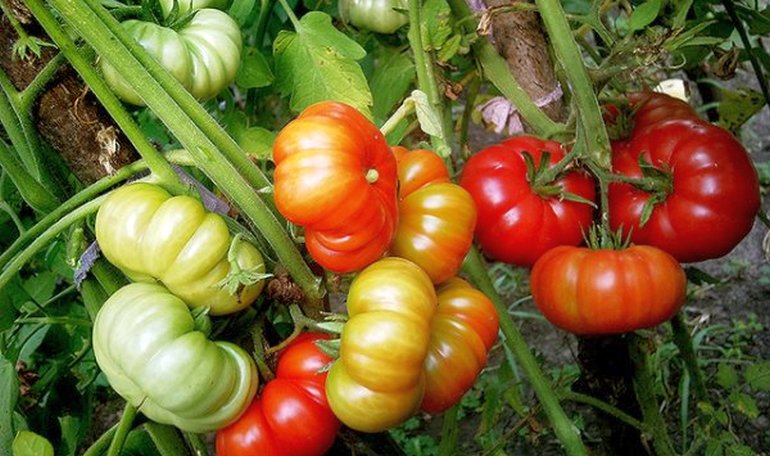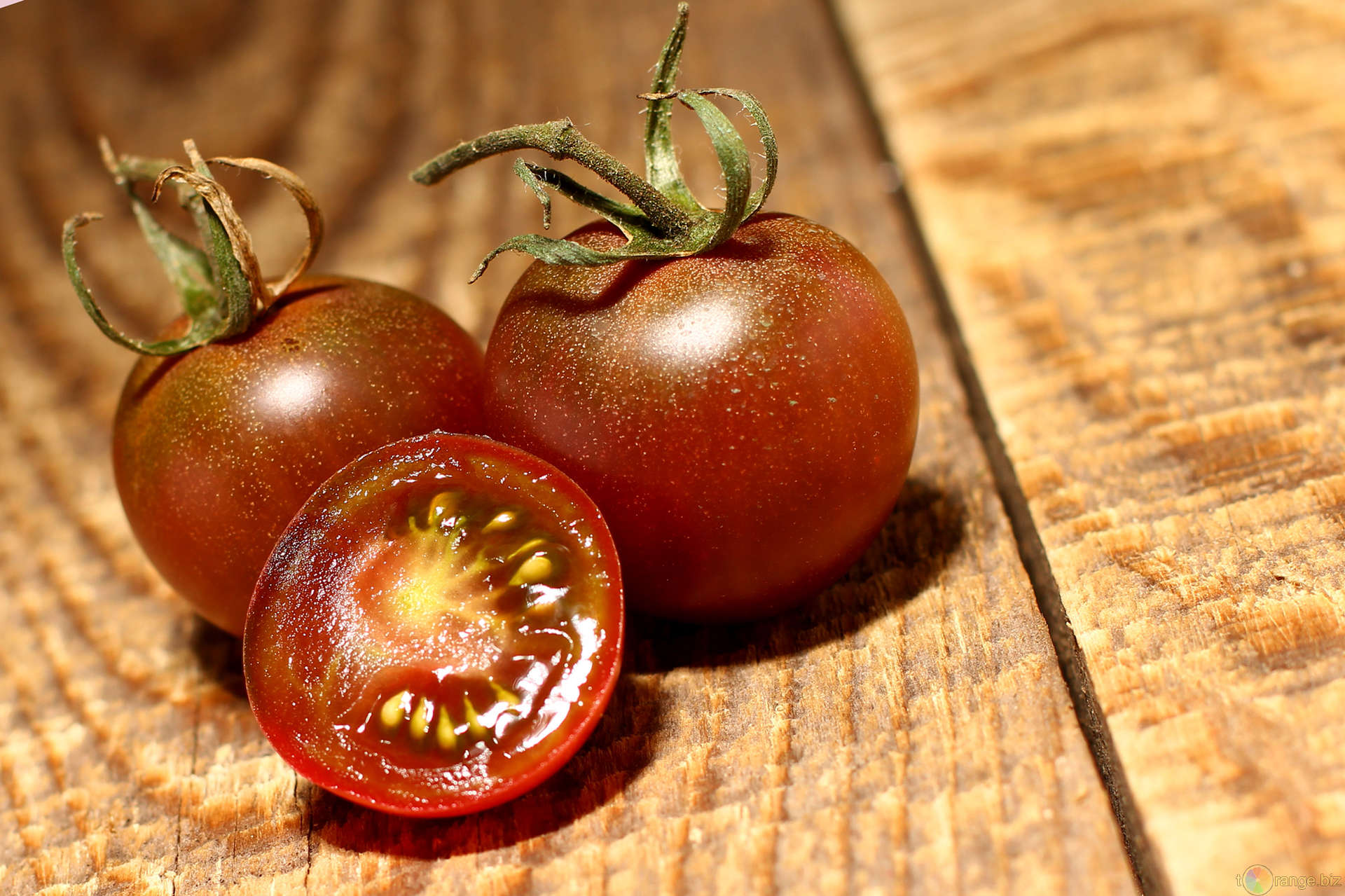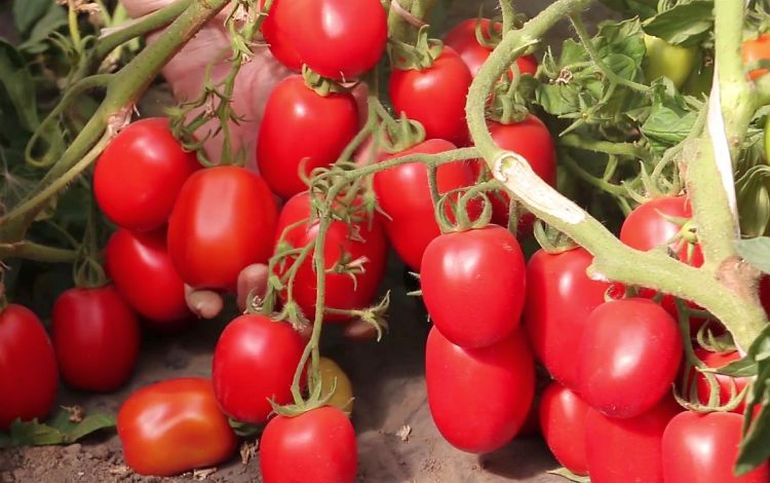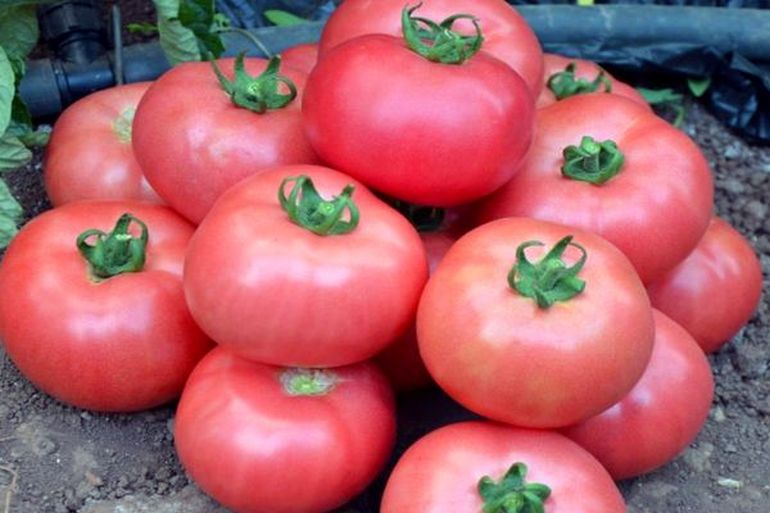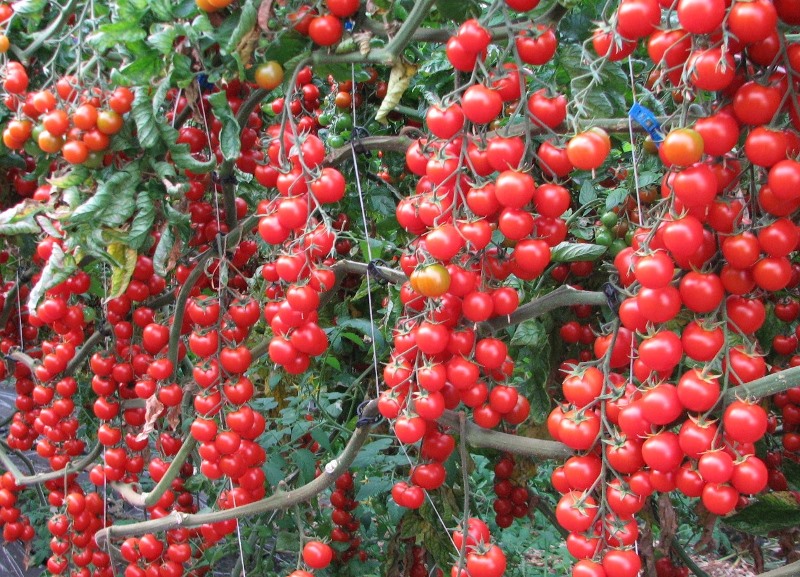Content:
Tomatoes are not only a healthy and tasty vegetable. Tomato bushes can be a decoration of the site. Breeders bred two-color tomatoes. A variety of minke whales is the Tiger tomato. Its fruits have a striped color, reminiscent of a tiger's skin.
Breeders of many countries have developed the Tigrovy line of varieties. For example, the Balkan Tiger tomato was bred in the USA, and the De Barao Tigrovy variety - at the Gisok agricultural company in the Moscow region of Russia. There are differences between the different varieties of this selection line, but the main characteristics and description of the Tigrovy tomato variety are unchanged.
Characteristics and features of the variety
Tiger Tomato grows up to 150 centimeters. Leaves are medium in size, densely cover the stem. Shoots are strong, erect. For a good harvest, it is better to form 2-3 stems. Tying and removal of leaves from the bottom of the stems are required. This will not only make it easier to care for the plants, but also prevent the appearance of fungal diseases.
Prefers light, loose soils with low acidity. When grown on heavy, waterlogged soils, the yield decreases, the plant can be affected by late blight.
Blooms before the onset of cold weather. Flowers are simple, collected in a brush of 5-7 pieces. The first brush is formed after the appearance of 5 permanent leaves. Subsequent inflorescences are laid every 2-3 leaves and are formed throughout the season. In order for the tomatoes to ripen, 6-7 ovaries are left on the stem.
The fruits are round in shape. The skin has a characteristic "brindle" color of red-orange color, smooth and glossy. Does not crack during storage. The weight of the tomatoes is 50-80 grams. The pulp is juicy, fleshy, pink. The taste is sweet with a slight sourness. Fruity notes are felt. They hold on to the wrist tightly, do not fall off in strong winds.
The yield of the variety is high, up to 5 kg of tomatoes are harvested from one bush. The fruits lie for a long time and are not afraid of transportation. During storage and transportation, the appearance and taste do not change. Tomato Tiger cub is a mid-season variety. The crop can be harvested 110-120 days after seed germination. The variety is resistant to late blight and gray rot.
Growing features
Sowing seeds begins in late February - early March. For seedlings, general-purpose soil purchased from a store is best suited. If it is not possible to purchase special soil, then you can use the land from the site, having previously heated it well in the oven.
The next step is to disinfect the seed from possible diseases. This can be done with a salt solution or a weak solution of potassium permanganate. There you can also treat the seeds with a growth stimulant for better germination. Stimulants such as Epin-extra, Zircon or Kornevin are used.
Plant the seeds according to the 1x1 cm scheme, deepen by 1-1.5 cm. The container with the planted seeds is covered with a film. The ground under the film should be damp, but not wet. The sprouts begin to appear after a week. It is important not to miss this moment and move the container to the south window.
Before picking, in the state of two true leaves, the first fertilization with liquid complex fertilizers is carried out. Diammophos, ammophos, Universal-2 and others are used.
When diving, damage to the roots should be avoided. It is necessary to plant seedlings while preserving an earthen coma at the roots. Can be transplanted into a box at a distance of 10 cm from each other or in separate cups. After transplanting, the seedlings are well watered. The soil is loosened as needed, providing oxygen access to the roots.
For this variety of tomatoes, a sunny, open place is suitable. The land on the site should be light, well-conducting water. On heavy soils, add lime at the rate of 1 kg per square meter of the garden. Lime should be added when digging in the spring.
Two weeks before the intended transplant, the seedlings should be hardened. To do this, take out the boxes on the balcony or porch for 15 minutes. The time of such air baths is gradually increased. This will help the plants get used to new conditions better.
Tomatoes are planted at the rate of 4 bush per 1 sq. m. After transplantation, tomatoes are well watered. In the future, watering with warm water under the root should be carried out. Water after the top layer dries.
Interesting. With an excess of moisture, the fruits of Tiger tomatoes acquire sourness. Using this feature, you can grow fruits of different tastes. [/ Alert]
It is advisable to water in the morning so that the moisture is absorbed into the soil, and when the night temperature drops, hypothermia of the roots does not occur.
Diseases
Tomato Tiger is resistant to the main diseases of the Solanaceae. However, it can be affected by various types of mosaics and bacterial spotting.
You can identify the mosaic by the leaves. They become blotchy, decrease in size. The bush is lagging behind in development and does not bear fruit. The tobacco mosaic is not treatable. The plant is completely destroyed.
With bacterial spot, small dark green spots appear. Over time, they spread, covering the entire sheet. Can be treated with trisodium phosphate. You cannot take seeds from such plants.
Disinfection of seeds in a solution of potassium permanganate, the use of three-year-old seeds and compliance with the rules for growing tomatoes will help to avoid these diseases. Preventing a disease is easier than curing it.
Of the insect pests, Tiger tomatoes can colonize spider mites, whiteflies and scoops. The drug Fufanon will help from these and other pests. Plants can be processed with it both indoors and outdoors. It should be remembered that spraying with Fufanon is carried out in the open field 25 days before harvest, and in the greenhouse - 5 days.
Folk remedies will also help in the fight against pests. It is necessary to grind 200 gr. garlic, pour one liter of water. Insist in a tightly closed container for five days. For spraying, 25 ml of infusion is diluted in a bucket of water. This remedy will help with aphids, whiteflies and scoops.
Pros and cons of the variety
The main advantage of the Tiger Cub tomato is its fruit - a beautiful red color with pronounced orange stripes, perfectly round, smooth. They will not only decorate the site and the table, but will also delight you with excellent taste.
It is worth noting the following additional advantages of the variety:
- The variety is fruitful - up to 5 kg are harvested per square meter;
- The fruits are tied all season;
- Not afraid of transportation;
- Can be used in any form;
- It grows both in greenhouses and in the open field.
There is only one drawback - the need for support and pinning.
When growing a Tigrovy tomato on a personal plot, you will reap a good harvest of beautiful tasty tomatoes. Growing them yourself is not difficult. Unusual bushes will decorate the site, and tomatoes will be a festive table.
